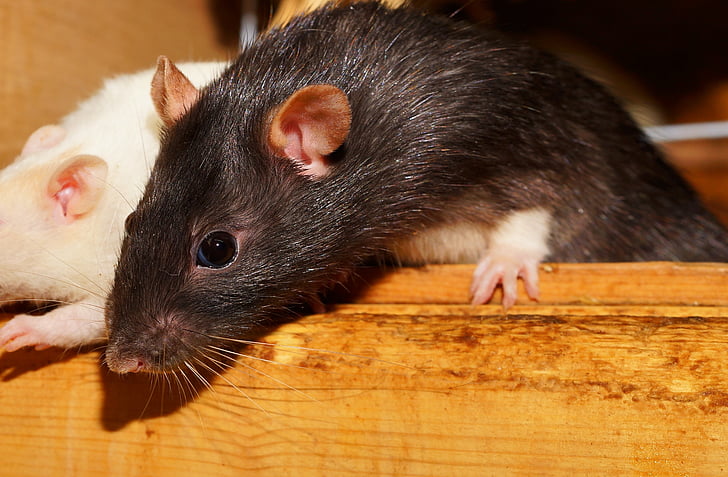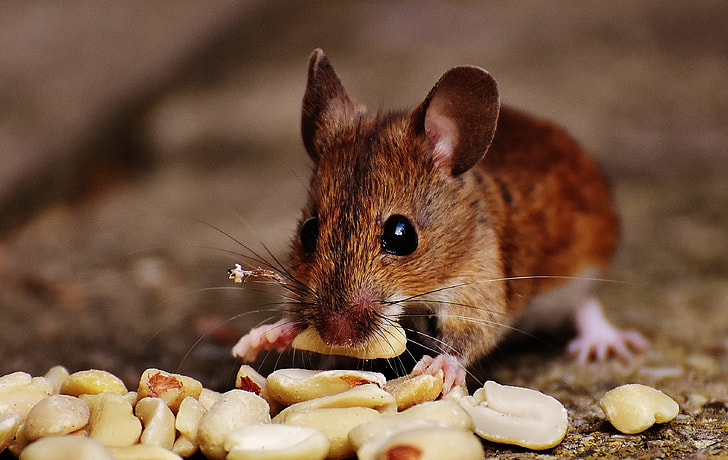Mice and rats are often though as same due to their similar appearance and behavior. However, they are quite distinct creatures with notable differences. Knowing these differences is crucial for identifying and managing a rodent infestation in your home.

 Myths and Facts About Mice and Rats
Myths and Facts About Mice and Rats
Physical Differences
The most obvious difference between a mouse and a rat is their size. Mice are small, usually 2.5 to 4 inches long, not including the tail. They have slender bodies, large ears, and pointed noses. Their tails are long, thin, and covered in fine hair. Rats, on the other hand, are much larger, with body lengths ranging from 9 to 11 inches, excluding the tail. They have thicker bodies, smaller ears relative to their head size, and blunt noses. A rat’s tail is shorter relative to its body, thicker, and often appears scaly rather than hairy.
Behavior and Habitat
Mice are curious creatures and often explore new environments, making them more likely to be found in a variety of locations within a home, particularly kitchens, pantries, and attics. They are great climbers and can sneak into very small openings. Rats are more cautious and do not like changes in their environment. They are usually found in basements, sewers, and other lower levels of buildings. Unlike mice, rats are more aggressive and can cause significant structural damage by gnawing through materials like wood, plastic, and even metal.Reproduction and Lifespan
Mice reproduce rapidly as a female mouse can give birth to 5 to 12 pups every three weeks, leading to potentially large infestations if not controlled quickly. Mice typically live for 1 to 2 years. Rats have a longer lifespan, living up to 2 to 3 years. While they reproduce less frequently than mice, a rat infestation can still grow quickly due to their longer lives and larger litter.How to Identify and Control Mice and Rats?
Identifying whether you have a mouse or rat problem is key to effective pest control. Mouse droppings are as small as a grain of rice, whereas rat droppings are larger and more elongated. Gnaw marks left by mice are finer, while rats leave larger, more pronounced marks. For mice, traps and bait stations are effective, along with sealing small entry points. Rats may require stronger traps and more strategic bait placement due to their cautious nature and larger size. Keeping your home clean deter both mice and rats. Myths and Facts About Mice and Rats
Myths and Facts About Mice and Rats
| Myth | Fact |
| Mice and rats are the same species. | Mice and rats are distinct species with different behaviors and characteristics. |
| All rodents are the same size. | Mice are significantly smaller than rats and have different physical traits. |
| Rats and mice can live together harmoniously. | Mice and rats are natural enemies and generally avoid each other. |
| If you see one mouse or rat, there’s no infestation. | Seeing one rodent often indicates a larger, hidden population. |
| Cats alone can eliminate all mice and rats. | While cats may catch some rodents, they are not a complete solution for infestations. |




